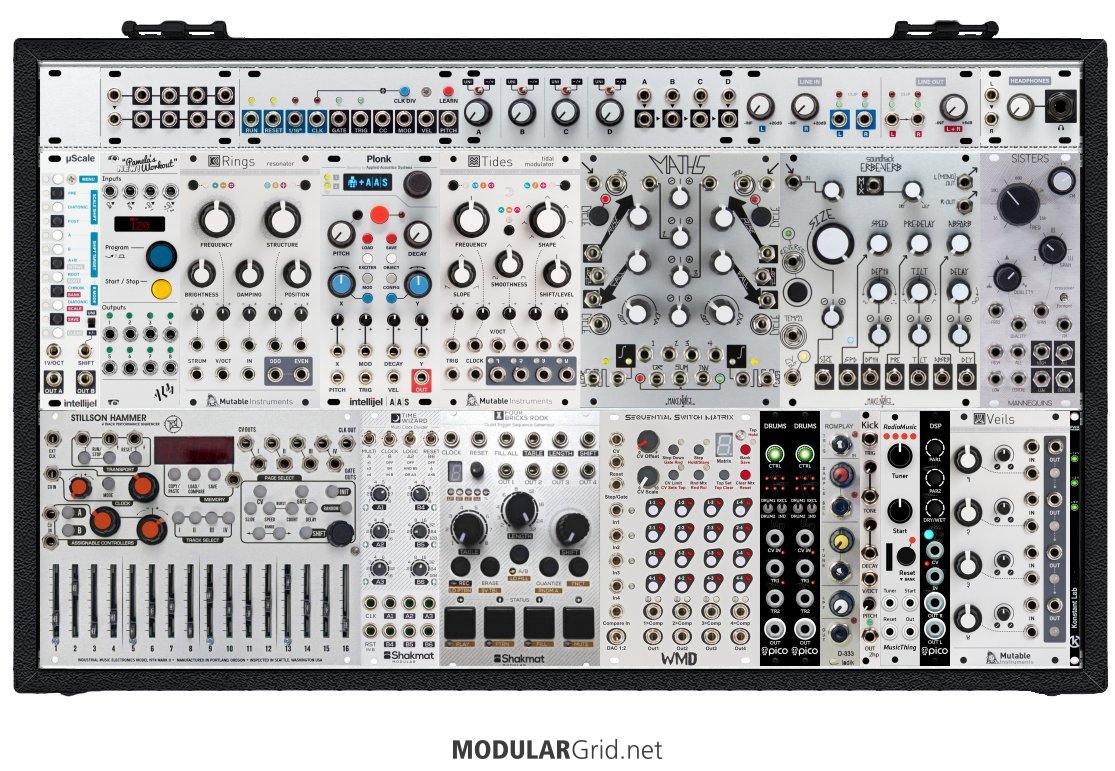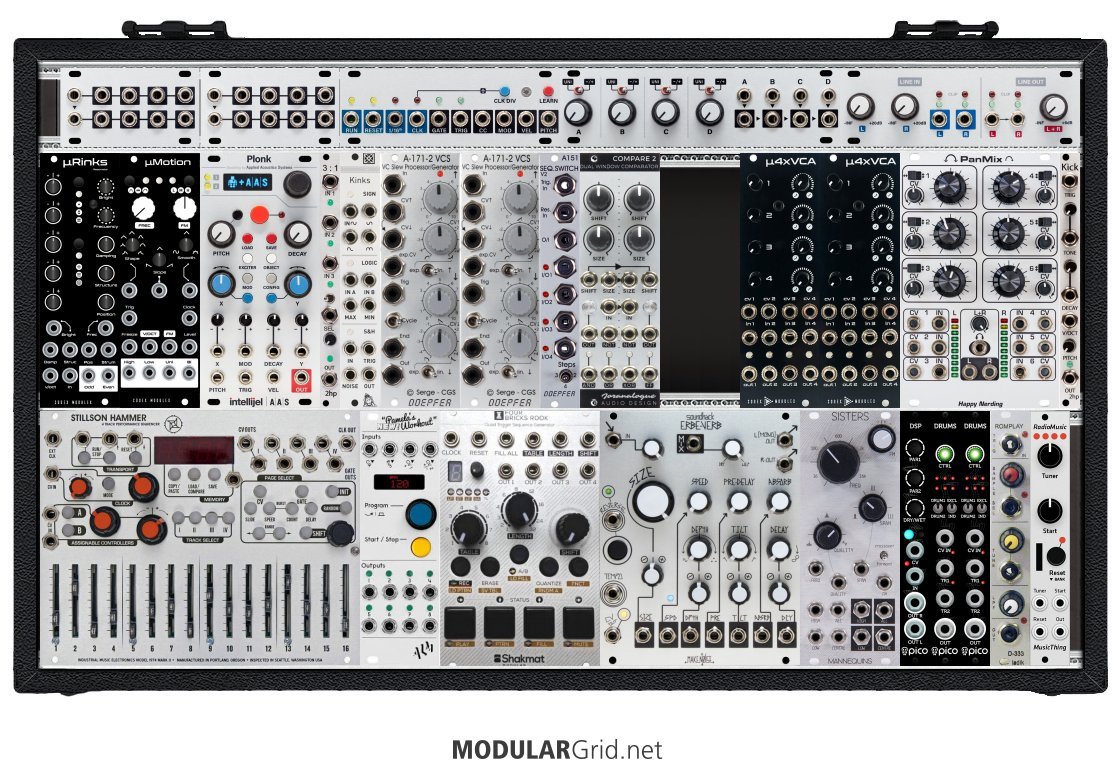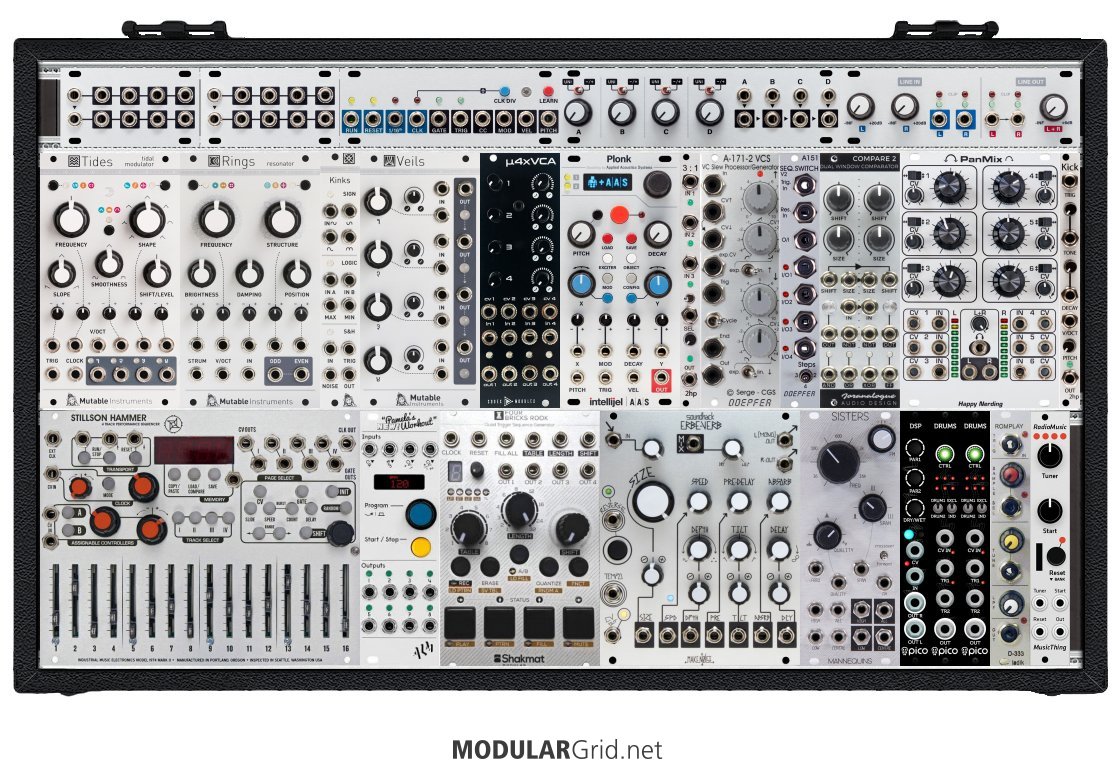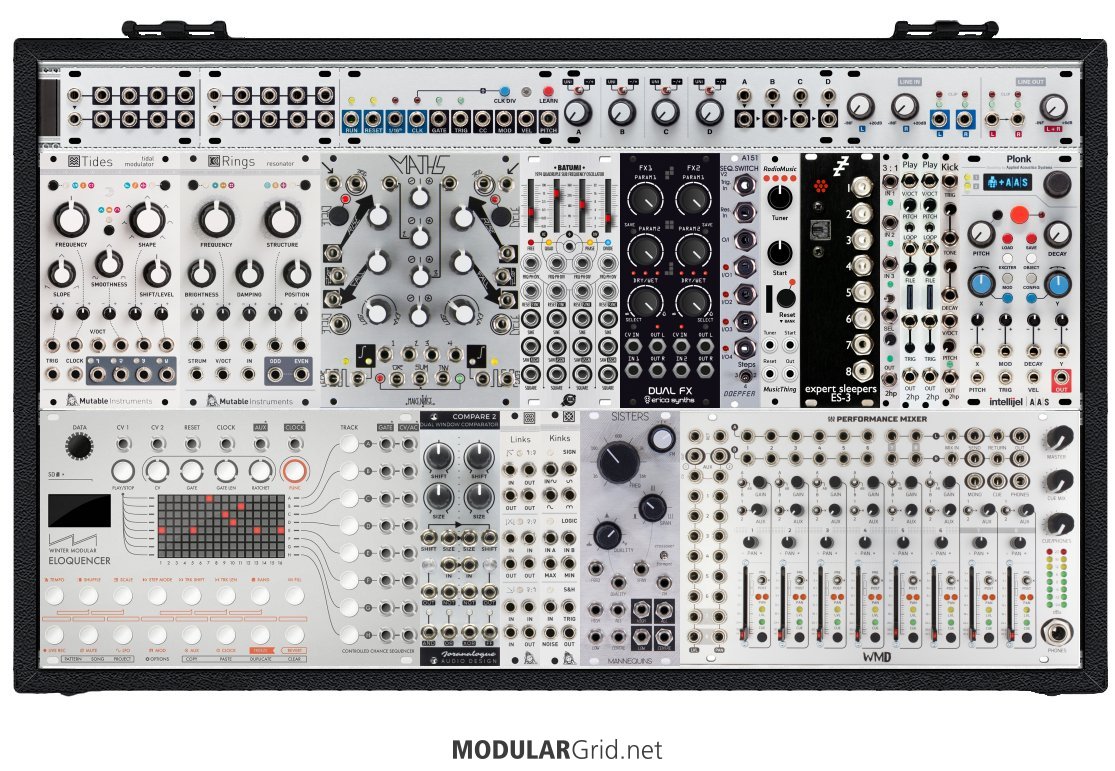Yep...the PanMix or the Roland 500 series output mixer are decent choices here since you have ample VCAs now to handle your input levels.
The Serge VCS (the originator of the Doepfer A-171-2) is a very prized module. It can function as a slew limiter, an envelope generator, a LFO, a VCO, and probably a few other things that just aren't coming to mind right now. Ken Stone took the original Serge design and added a few tweaks, then Doepfer took Ken's design and did a couple more. It's literally a "Swiss Army Knife" module. MakeNoise's Maths is pretty much two of these under one panel (making the Maths more like the Serge Dual Universal Slope Gen) and added a little bit of logic/arithmetical function voodoo...but it's also 4 hp larger than a pair of A-171-2s, and the additional functionalities are easy enough to replicate on your own.
Basically, what you're looking at is a pair of CVable slews...rise and fall...with the ability to change the slew rate via any sort of incoming modulation. Feeding this with an existing CV results in portamento-type behavior, but with the ability to voltage control the rates. Now, that's where it gets weird, as the module can also output its own CV that rises and falls according to the slew rate levels. This can be done as a one-shot on a gate/trigger, making the module behave like a 2-stage envelope gen...or it can be looped, making it act like a LFO with a user-defined waveform via the slew rates. But it gets even crazier, since the Exp CV point accepts 1V/8va CV just like a VCO...and then you have a VCO with a user-definable waveform. Oh, and since you can feed the slew rates separately, you can make that waveform shift all over the place constantly, yielding some wild waveshaping action that most average everyday VCOs cannot match. And those are just for starters...with a couple of additional modules of various sorts, you can make these act as a little analog computational "brain", bouncing their functions of of each other and outputting loads of modulated CV craziness. This last bit is what the Maths is best at...but you can get there with a pair of A-171-2s, an adder, maybe a comparator or two and some simple Boolean logic, and wind up with a little more user-definability than the Maths. Fun!






